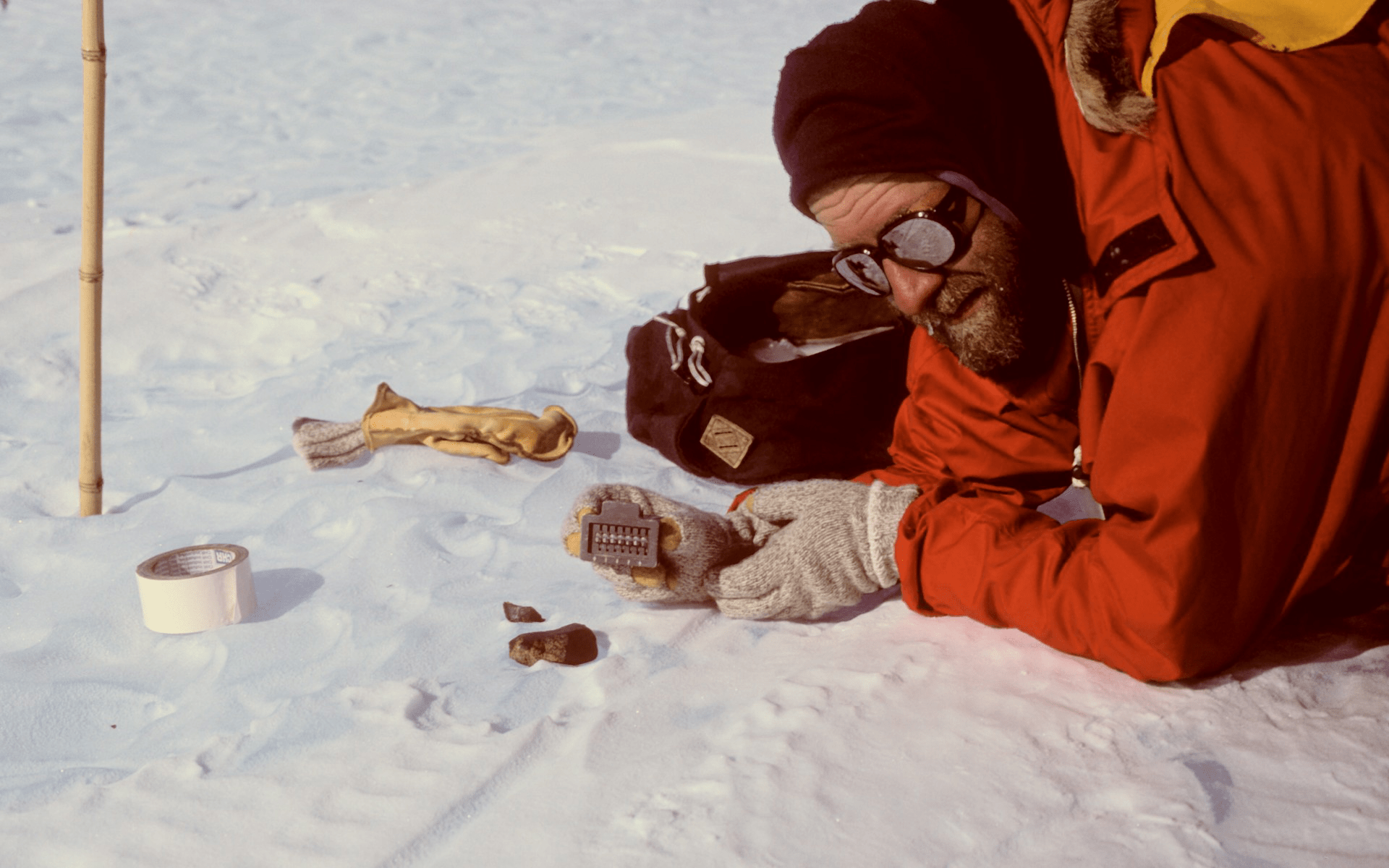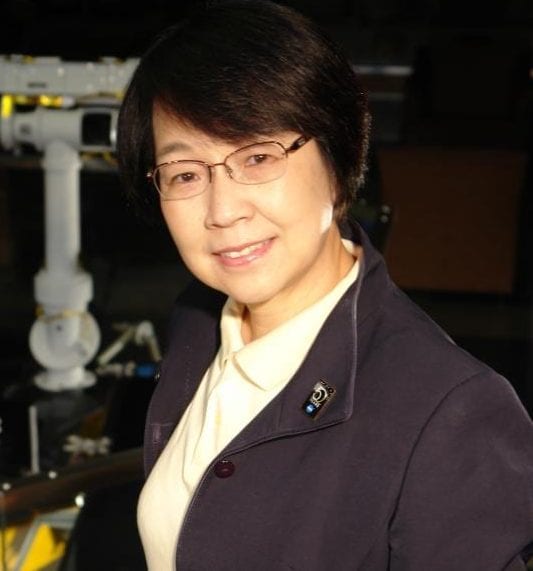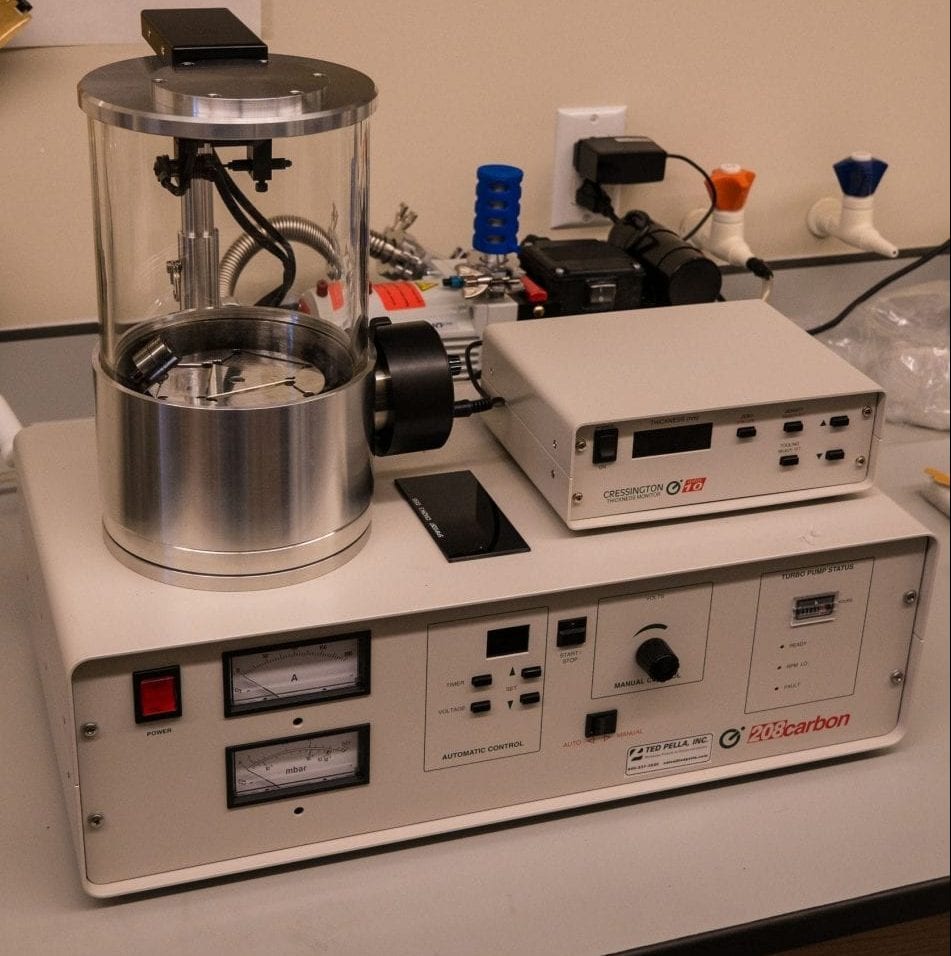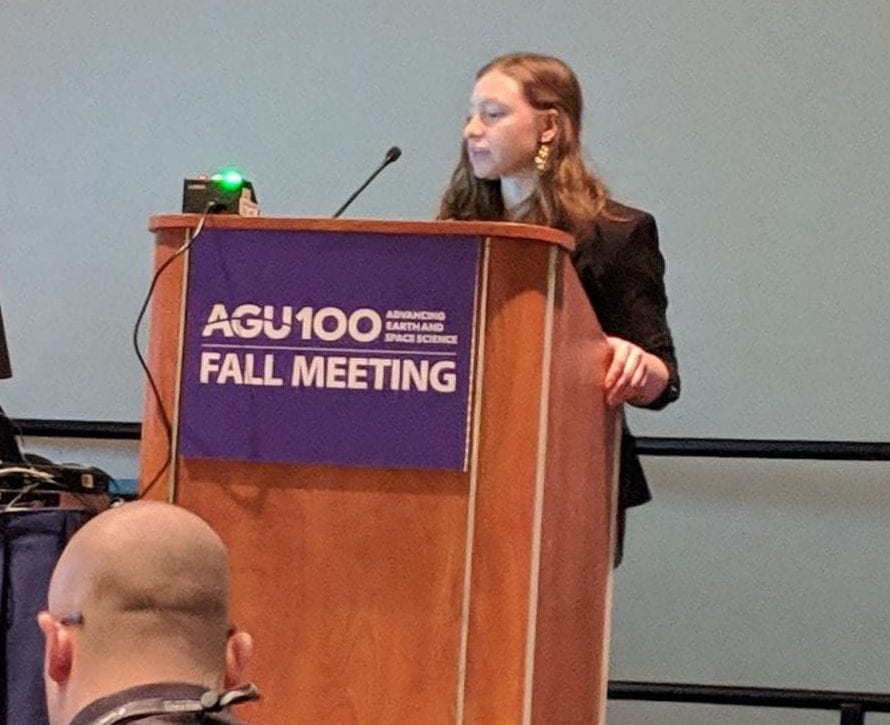Randy Korotev and the Geochemistry of Moon Rocks (Links to an external site)
Nearly all of our rock samples from the Moon are polymict breccias – rocks that formed from numerous impacts of asteroidal meteorites that have repeatedly broken Moon rocks apart, mixed the fragments of many different rocks, and glued them together again with heat and shock pressure. Randy Korotev studies the impact geology of the Moon by analyzing the chemical composition of lunar breccias. In principle, the composition of any breccia is that of a mixture of the original igneous rocks of the lunar crust, few of which remain as intact rocks. Read more on the MCSS website
Washington University to develop lunar resource utilization technology for NASA (Links to an external site)
NASA selected scientists at Washington University will build a rover-mounted drill sensor to quantify the 3D distribution of water at the Moon’s south pole. A laser probe located at the bottom of the drill, capable of analyzing regolith, would quantify the amount of water and other chemicals present beneath the surface. Alian Wang, research professor of Earth and planetary sciences, will lead the research team and reconnaissance instrument development under NASA’s first-ever Lunar Surface Technology Research (LuSTR) solicitation. Read more from The Source.
Out with the old…. and in with the new!
Installation of a new carbon coater in the Electron Microprobe Lab is now complete. The new coater is a Cressington 208C high vacuum turbo carbon coater with thickness monitor for TEM, EPMA, FESEM, and EBSD work.
2018 AGU Fall Meeting
Our group attended the 2018 American Geophysical Union meeting in Washington, D.C. Brad Jolliff: P23C-3451 Significance of Boulders at the Compton-Belkovich Volcanic Complex on the Moon Ryan Watkins: ED33E-1130 The Role of the Next Generation Lunar Scientists and Engineers (NextGen) Group in Lunar Science and Exploration P23D-3467 Determining Regolith Production Rates and Landing Site Safety Hazards Using Boulder […]



